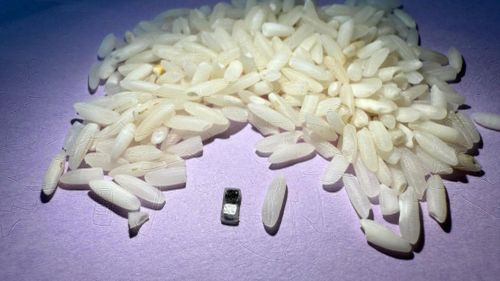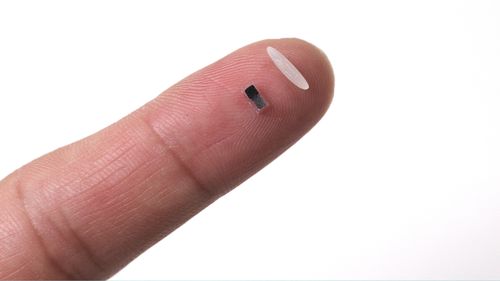US engineers from Northwestern University have developed a pacemaker so tiny that they say it can fit inside the tip of a syringe and be non-invasively injected into the body.
“We have developed what is, to our knowledge, the world’s smallest pacemaker,” said bioelectronics pioneer John A. Rogers, who led the development.
The small, wireless device, which is biocompatible and eventually broken down and absorbed, could allow for minimally invasive implantation methods in patients and reduce the overall risk of treatment by bypassing the need for surgical extraction.

Rogers and his colleagues designed and demonstrated the effectiveness of a small temporary pacemaker in human heart tissue and animal models.
The device measures 1.8mm by 3.5mm by 1mm – smaller than any previously reported pacemaker – and is paired with a small, soft, flexible, wireless, wearable device that mounts onto a patient’s chest to control pacing.
When it detects an irregular heartbeat, it automatically shines a light pulse to activate the pacemaker. These short pulses can penetrate through the patient’s skin, breastbone, and muscles to control the pacing.

Although the pacemaker is designed to work with hearts of all sizes, the engineers describe it to be particularly well-suited for fragile hearts of newborn babies with congenital heart defects.
“Our major motivation was children,” said Northwestern experimental cardiologist Igor Efimov, who co-led the study.
“About 1 per cent of children are born with congenital heart defects, regardless of whether they live in a low-resource or high-resource country.
“The good news is that these children only need temporary pacing after a surgery. In about seven days or so, most patients’ hearts will self-repair. But those seven days are absolutely critical.”
Researchers say the device may offer a potentially safer alternative to larger traditional pacemakers for temporary pacing in patients with bradycardia (a condition that causes a resting heart-rate below of 60 beats per minute).
They also claim the technology’s versatility opens a broader range of other possibilities for use in bioelectronic medicines, including potentially helping nerves and bones heal, and blocking pain.








